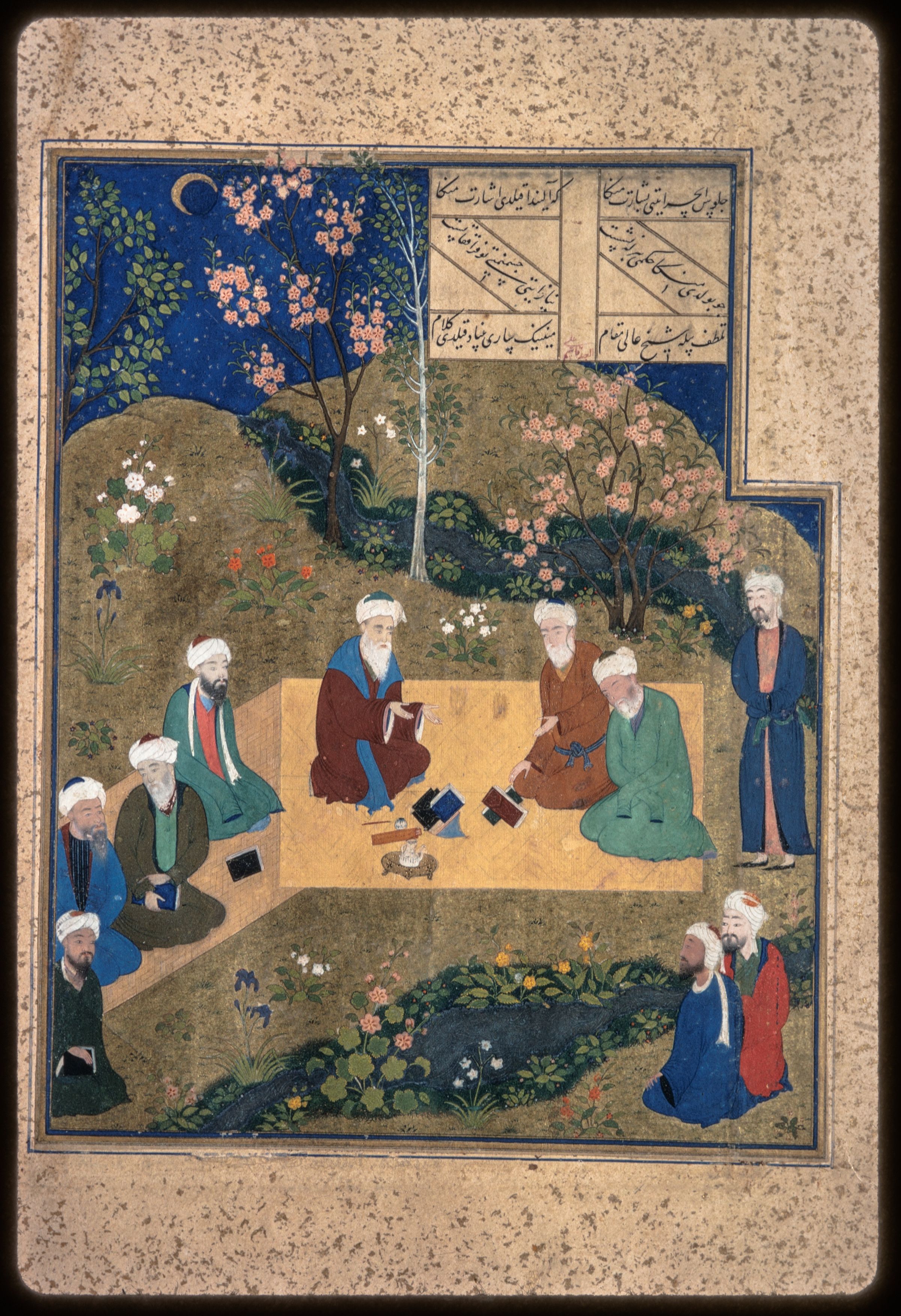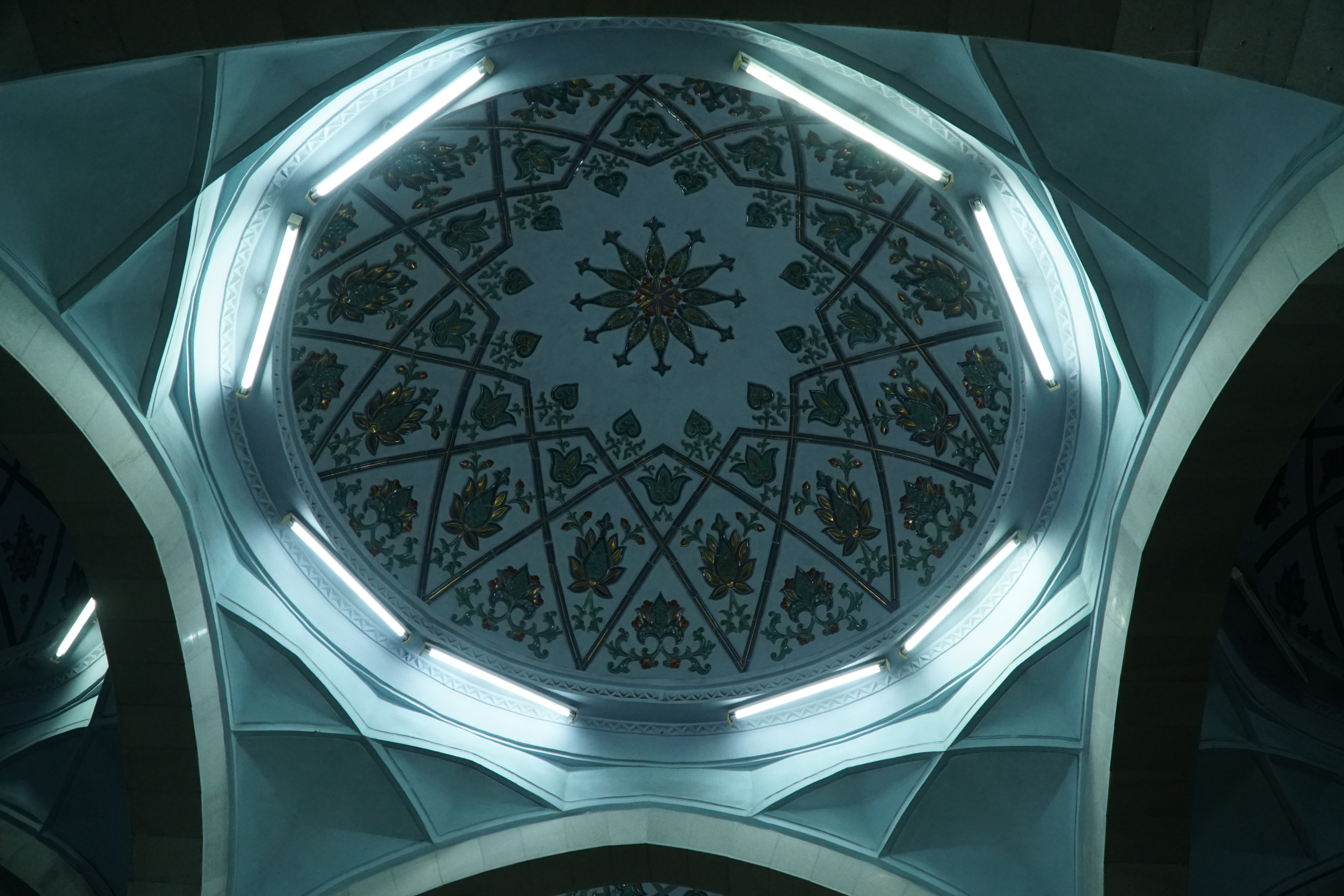The Greatest Poet You’ve Never Heard Of
At a certain point while researching Califia’s Crusade, I wanted to bring more real-life historical figures into the story. While studying the Gurkani Empire in the late 1400s, I happened upon a fascinating courtier, politician, and poet named Alishir Navai.

Born in the city of Herat in 1441, Alishir hailed from a family of Turkic scribes who were both well-connected politically and high-minded in their literary pursuits. During his childhood, he befriended a young Husayn Bayqara, who would later become the Sultan of the Gurkani Empire. When he was six years old, Shah Rukh, who had ruled the empire for more than forty years, died and Alishir and his family fled Herat, which quickly became a dangerous place full of palace intrigue and political purges.

Eventually the situation stabilized and his family was able to relocate to Khorasan, where he continued his education and friendship with the future sultan. The Gurkani Empire was changing; although it had been founded in a similar fashion to most Mongol steppe empires, it was starting to become a new center of culture, innovation, and progress throughout the Muslim world of its time. In many ways, Alishir Navai is a reflection of his changing empire, as he would end up serving with one foot in the political arena and the other firmly planted in cultural innovation.
Most of the Gurkani literati of his time preferred Persian to any Turkic languages, but Alishir advocated for the use of Chagatai, a once-widespread Turkic language which has since become extinct. Most of his surviving work is written in Chagatai, though he also wrote under a pen name in Persian and a few scraps of his Arabic script can also be found.
The subjects of his writings were various and, to most modern western audiences, rather obscure. He followed a mystic tradition in Islam, and was an adherent of Sufism, an Islam-based philosophy that focuses on inner purity. Far from being a cynical practitioner, Alishir Navai lived a rather spartan lifestyle and was never married, nor acquired any concubines or produced children.

This focus on inner purity and simplicity of being did not mean that he had no appreciation for beauty. While serving as a high-ranking administrator for his childhood friend Sultan Husayn Bayqara, he oversaw many large-scale construction projects which both beautified the many cities under Gurkani rule and reinforced its vital trade infrastructure. One of the empire’s most critical sources of revenue came from its control over a portion of the silk road and Alishir Navai ensured that overland merchants could find decent lodging and shelter along their route.

Not content to excel merely at civic pursuits, he also acted as a patron for many artists across the empire, including poets, historians, and other literary-minded peers. His sponsorship, especially of the historians, is a reason why so much of the history of the Gurkani Empire has been preserved.
As a cultural contributor himself, he made some impressive additions to Gurkani culture which live on today. His poetry anthologies are full of mystic wonder, commonsense advice for governance, commentaries on his fellow poets’ works, and a deep appreciation for beauty. While doing my research for Califia’s Crusade, I was frustrated to find that very little of his work is available in English. That being said, those who read his works today generally agree that translations cannot do them justice.

The Chagatai language with which he inscribed his lasting legacy is now extinct, but that does not necessarily mean that his work has died with it. Many languages still spoken in the region where the Gurkani Empire once ruled share a common origin with Chagatai in a manner similar to the romance languages and Latin. Uzbek language, for example, is similar enough that students in Uzbekistan study Alishir Navai’s works in a manner similar to American students studying Shakespeare or Chaucer.

The period in which Alishir lived was known as the Timurid Renaissance and he was one of reasons why. His cultural contributions and patronage of other creators made the Gurkani Empire the center of Muslim learning and culture until the empire’s dissolution in 1503. Although the empire is gone, many nations still lay claim to the cultural heritage of Alishir Navai. I, for one, think it would be great if we had more of his work available in English, even if the translations don’t quite measure up to his beloved Chagatai.
Looking for a fun read that includes often-overlooked historical figures like Alishir Navai? You've come to the right place! My latest novel, Califia's Crusade, is available for pre-order on Amazon, Barnes & Noble, Kobo, Apple Books, Bookshop.org and many other popular platforms!

